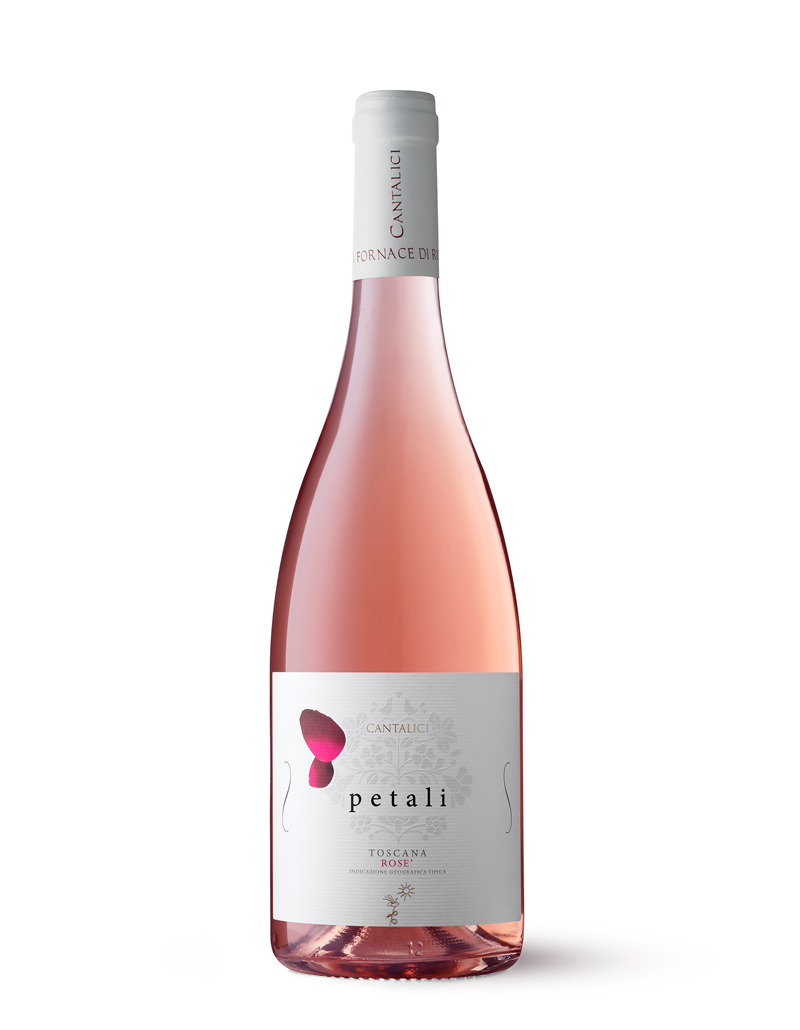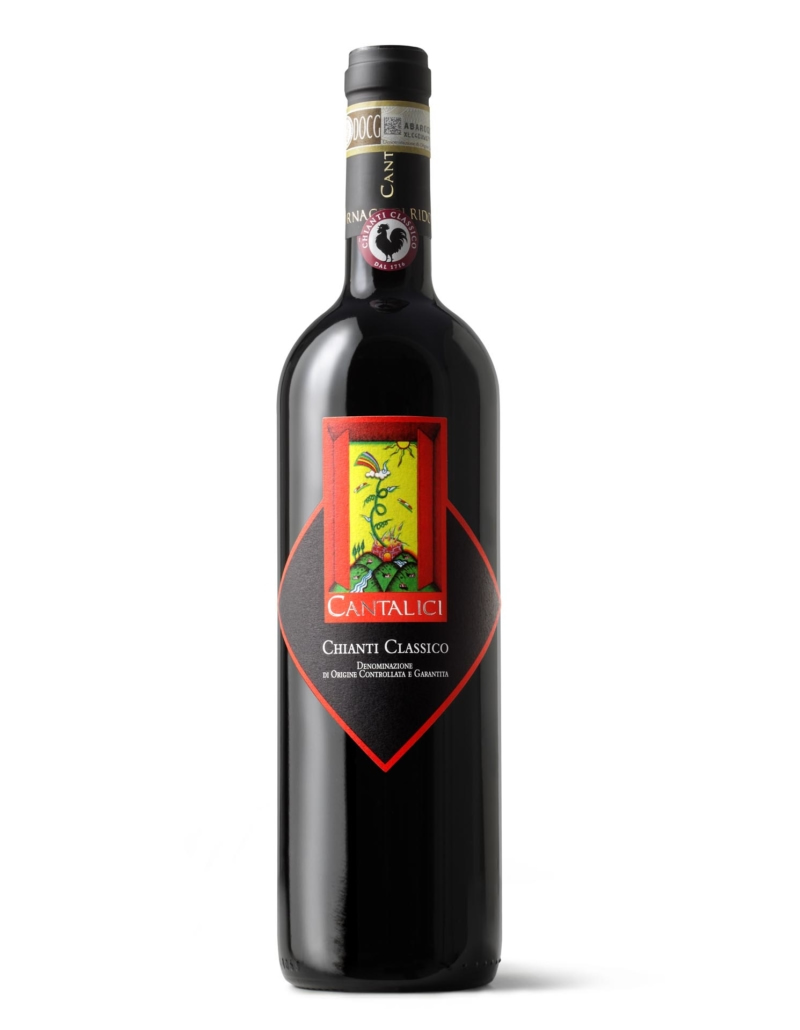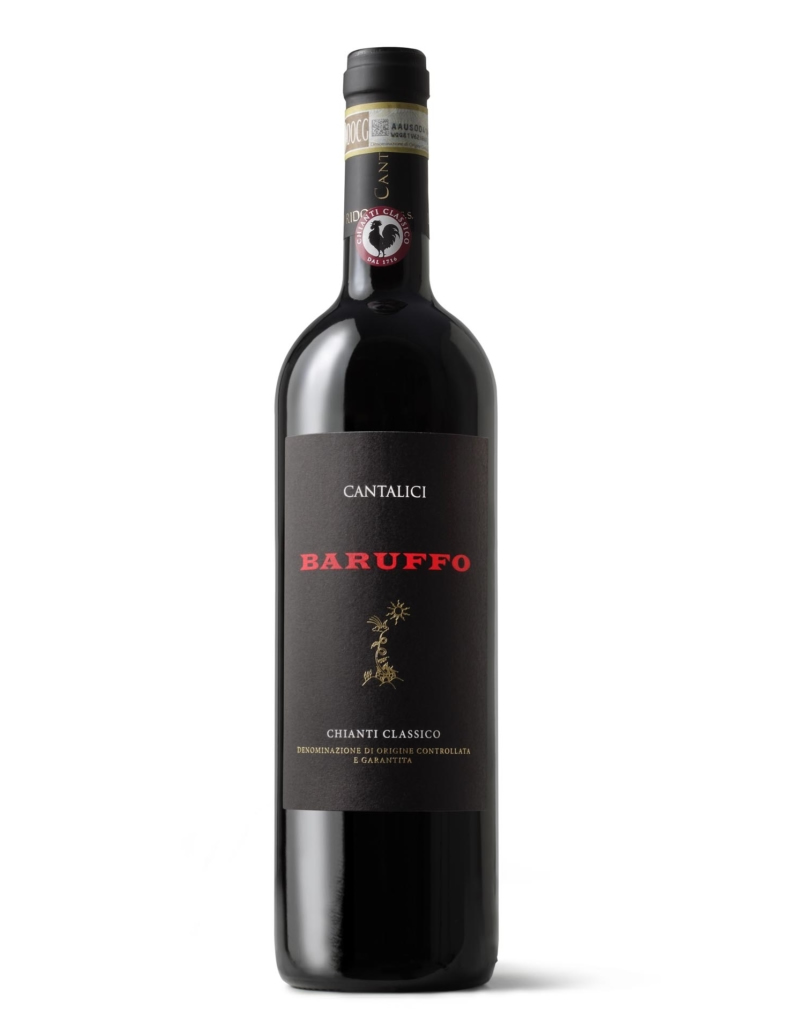 Pros
Pros
The porosity of cork allows a microscopic exchange with oxygen between the inside and the outside of the bottle, allowing the wine to mature and evolve, modifying its aromas and gustatory perceptions.
…. And cons
The cork has many qualities, but is not free from defects.
First of all, the raw material is increasingly scarce.
Moreover, with the cork, there is always a risk of the "corky smell" that forces us to throw a wine, which - maybe - we bought years before and jealously kept in the cellar waiting for the right time to drink it. What a bad thing!! The “corked” smell is given by a parasitic fungus :Armillaria Mellea. It attacks the cork plant developing an unpleasant smell.
Our choice as wine producer varies depending on the type of wine
DIAM Corks are "technological corks" that offer perfect homogeneity and control of the different levels of permeability, are our choice for our wines IGT Petali, Chianti Classico, Chianti Classico Riserva.
As for our most important wines such as Grande Selezione, Tuscan IGT Tangano and Vino Santo, we use one-piece natural corks.
In recent years we are looking for alternatives to the classic natural cork. The perfect cap should be just functional from a technical point of view, to be able to overcome the limits of availability and to be more sustainable, without losing charm, if possible.
The search for the perfect stopper continues!
Cantine Cantalici Shop Online
More products you may be interested...
Petali - Tuscan IGT Rose'
The ideal aperitif, but also excellent with fish, cold cuts and cheeses: our rosé wine is floral, fresh and vibrant.
Tangano - Tuscan IGT red
The Tuscan IGT Tangano is an intense, vigorous and soft wine that gives its best combined with roasted and moist game.
Chianti Classico DOCG Cantalici
Cantalici Wine: tannic, balanced and persistent. Excellent for pasta dishes with sauce or stewed meat.
Chianti Classico DOCG Baruffo
Intense ruby red is the color of this balanced, but characterized by a lashing acidity wine which makes it ideal to serve with stews or game.

"PSR 2014-2020 - Measure 4.1.3 PID 2019. Participation in integrated planning by agricultural companies."
Transformation/marketing of agricultural products: Buildings for the conservation/storage of primary and/or processed agricultural products (Buildings and masonry works). Renovation of the roof covering of the building located in the Municipality of Gaiole in Chianti Sheet 34, part. 122 subordinate 8, for a surface area equal to 1922 m²
(portion highlighted in the project)
Investment made with financing FEASR - CUP ARTEA: 1014205 - CUP cipe: D52H22000190007

"Measure 4.2.1 – GAL Siena – Investments in the transformation, marketing and/or development of agricultural products."
CELLAR MODERNATION: intervention carried out and co-financed with the contribution of the PSR 2014-2022 of the Tuscany Region - Measure 4.2.1. of the GAL Leader Siena
CUP ARTEA: 1245832 – CUP CIPE C55B24000230007

 The use of cork to close wine bottles dates back to the end of the seventeenth century, thanks to a lucky intuition of a French monk: Dom Perignon.
The use of cork to close wine bottles dates back to the end of the seventeenth century, thanks to a lucky intuition of a French monk: Dom Perignon.


